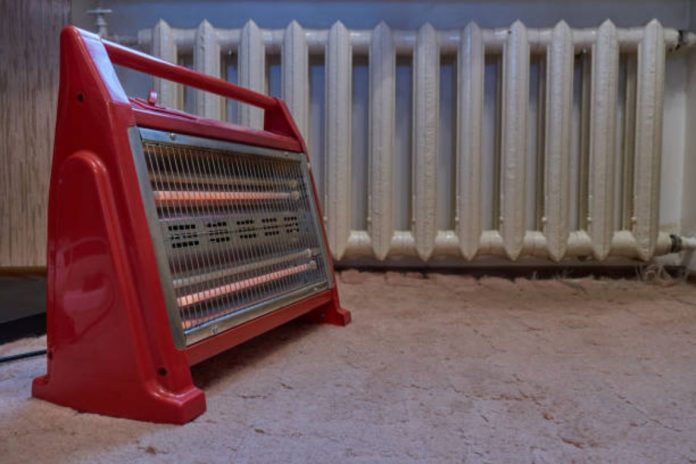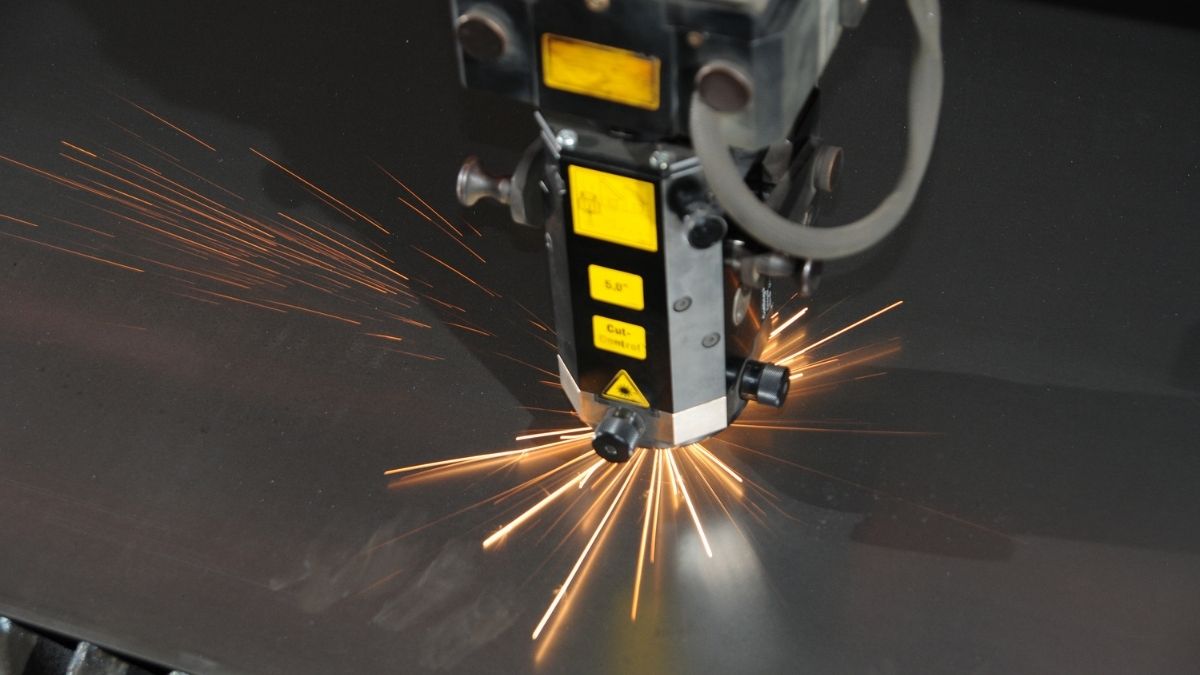Choosing the right industrial heater can make all the difference in efficiency and longevity. Mica Band Heaters and Ceramic Band Heaters both serve essential roles in heating applications, but their performance varies depending on the environment and requirements. Understanding their key differences helps industries select the best heating solution for their specific needs.
Heat Distribution Efficiency That Determines Which Heater Delivers More Consistent Performance
Consistent heat distribution is critical in industrial applications where temperature uniformity directly impacts production quality. Mica Band Heaters provide efficient and even heat transfer, thanks to their thin design and tight contact with surfaces. These heaters use a mica sheet as an insulating layer, ensuring that heat spreads quickly across the surface while maintaining direct conduction. This makes mica band heaters highly effective for applications that require rapid and uniform heating.
Ceramic Band Heaters, on the other hand, operate differently. Instead of relying solely on conduction, they incorporate radiant heat, which allows for a more gradual and even temperature rise. This makes them particularly beneficial for applications where maintaining a steady heat output over a longer period is necessary. However, because ceramic bands take longer to heat up, they may not be the best option for processes that demand instant heat response.
Maximum Operating Temperatures That Define Which Heater Withstands Extreme Heat Better
Temperature capability plays a crucial role in heater selection, especially in high-temperature industrial settings. Mica Band Heaters typically operate at temperatures up to 900°F (482°C), making them ideal for applications that require moderate to high heat without extreme temperature fluctuations. Their ability to maintain stable temperatures ensures efficient operation without excessive thermal stress.
Ceramic Band Heaters, however, can handle much higher temperatures, reaching up to 1400°F (760°C). This makes them a better fit for demanding environments where extreme heat resistance is essential. The ceramic core allows for better heat retention, meaning they can sustain high temperatures for extended periods without degradation. Industries working with high-melting-point materials or processes that require continuous extreme heat often prefer ceramic band heaters over mica bands.
Material Composition Differences That Impact Durability and Heat Transfer
The materials used in these heaters directly affect their longevity and heat transfer efficiency. Mica Band Heaters are made with a thin stainless steel or nickel outer shell that encloses a layer of mica insulation. This composition allows them to be lightweight, flexible, and efficient in transferring heat. The thin profile ensures minimal heat loss, but because mica is a delicate material, these heaters may degrade faster in harsh environments.
Ceramic Band Heaters, in contrast, use interlocking ceramic tiles housed within a stainless steel casing. These ceramic elements improve durability and heat retention, making them more resilient to wear and tear. However, their bulkier construction means they take longer to respond to temperature changes compared to mica band heaters. While ceramic bands are tougher, their rigidity can make them less adaptable to specific applications where flexibility is needed.
Energy Consumption Levels That Affect Long-Term Operating Costs for Industrial Applications
Energy efficiency can have a significant impact on operational costs, especially in industries that require continuous heating. Mica Band Heaters are known for their high energy efficiency because they rely on direct conduction, minimizing heat loss. Their fast heat-up time ensures that less energy is wasted during operation, making them a cost-effective solution for processes that need quick and efficient heating.
Ceramic Band Heaters consume more energy due to their reliance on radiant and conductive heat. While they retain heat better than mica bands, their longer warm-up time results in higher initial energy use. However, once they reach the desired temperature, they can maintain heat with less energy input, which can balance out long-term costs in applications requiring sustained high heat. The choice between these two depends on whether short-term energy savings or long-term heat retention is more critical.
Flexibility and Fit Considerations for Different Equipment and Surface Types
Industrial heating applications often require heaters that can conform to various shapes and sizes. Mica Band Heaters offer greater flexibility because of their thin, lightweight construction. They can be custom-shaped to fit around barrels, pipes, and other cylindrical surfaces with ease. This adaptability makes them ideal for applications requiring precision heating in confined spaces.
Ceramic Band Heaters, however, are more rigid due to their tile-based structure. While they can still wrap around cylindrical surfaces, they don’t conform as tightly as mica bands. This can lead to slight heat loss in applications requiring direct surface contact. However, in cases where durability and high-temperature resistance matter more than flexibility, ceramic bands are the preferred choice.
Resistance to Environmental Factors Like Moisture and Corrosion in Harsh Conditions
Industrial heaters often operate in environments where exposure to moisture, chemicals, or extreme conditions is common. Mica Band Heaters, with their stainless steel outer shell, offer moderate resistance to moisture and corrosion but are more susceptible to damage if exposed to direct liquid contact. Their insulation layer, made of mica, can deteriorate over time if frequently exposed to moisture or chemical contaminants.
Ceramic Band Heaters provide better resistance to harsh environmental factors. The ceramic insulation and stainless steel housing offer superior protection against moisture and corrosion, making them a more reliable option for industries where exposure to external elements is unavoidable. Their ability to withstand extreme operating conditions without significant wear makes them a long-lasting solution for demanding applications.









